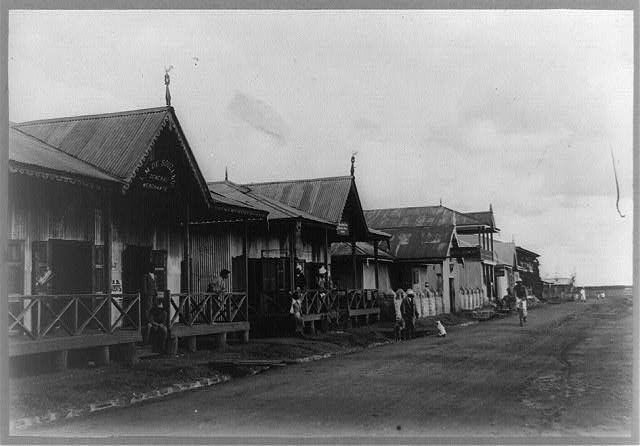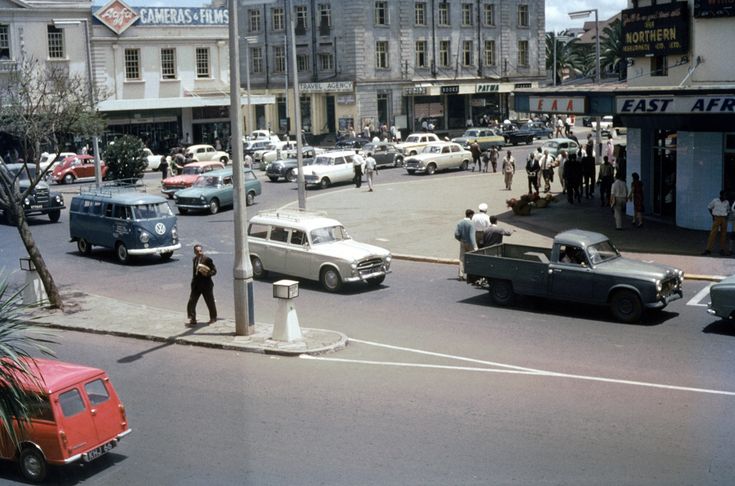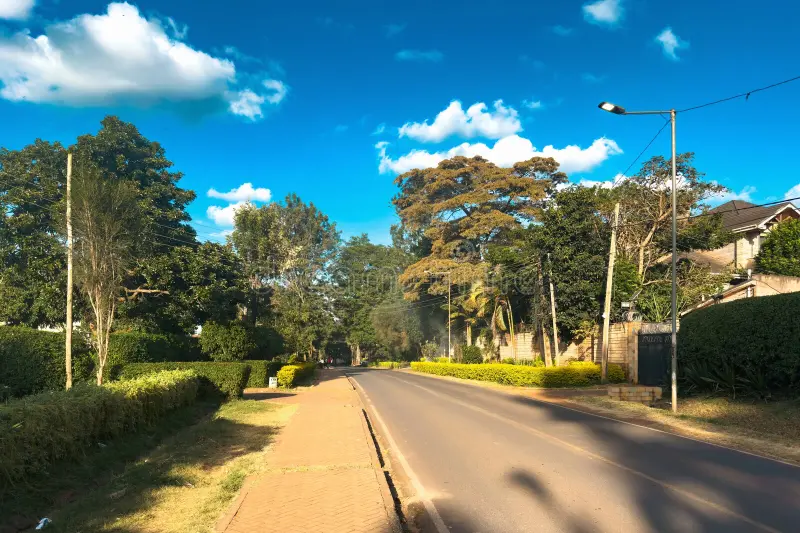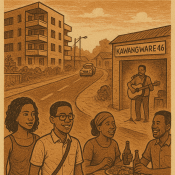
Would You Live Here- Lavington Edition?
Lavington isn’t just another affluent Nairobi suburb—it’s a place where history whispers through jacaranda-lined streets, colonial-era bungalows stand beside modernist villas, and generations of Kenya’s elite have shaped its legacy.Unlike its flashier neighbor Westlands or the culturally distinct Parklands, Lavington carries an air of quiet prestige, a neighborhood that has carefully preserved its exclusivity while evolving with the times.
It wasnamed after Ralph Payne, the first Baron Lavington, a British official who served as Governor-General of the Leeward Islands in the late 18th century.This naming, like so many colonial gestures, imprinted a foreign identity onto African soil – yet the neighborhood would ultimately transcend its colonial roots to become something uniquely Kenyan.
Its story unfolds in three distinct acts: first as a colonial retreat, then as a symbol of post-independence aspiration, and finally as today’s blend of heritage and modernity.
1. Colonial Beginnings: A Whispered Elite (1900s–1963)
The area was never for everyone.It was not for the Asian merchants of Parklands, not for the African laborers of Eastlands, and certainly not for Nairobi’s growing commercial class.It was designed as a retreat for British officers and wealthy settlers where sprawling bungalows sat hidden behind tall hedges and jacaranda trees. The homes were spacious, set on large plots, with servants’ quarters discreetly tucked away. This wasn’t just wealth—it was wealth that knew how to keep itself private.

2. Post-Independence: The New Elite’s Silent Takeover (1960s–1990s)
When the British left, Lavington didn’t lose its prestige—it simply changed hands. Kenya’s new elite—politicians, businessmen, diplomats—moved in, but they kept the same unspoken rules: no blaring music, no crowded streets, no flashy disruptions.
- Old Money vs. New Money: While Westlands and Kilimani became playgrounds for Kenya’s rising “flashy” rich, Lavington remained the choice for those who preferred legacy over trends.
- The Sound of Silence: Even as Nairobi grew louder, Lavington resisted commercialization. No nightclubs, no open-air markets—just high walls, guarded gates, and the rustle of money moving quietly.

3. Modern Lavington: Still Quiet, Still Lavish (2000s–Today)
Today, Lavington is Nairobi’s most consistent neighborhood—where old colonial homes stand beside sleek modern villas, but the culture of quiet luxury remains unchanged.
- The Architecture of Discretion: New mansions are bigger, smarter, more secure—but they still hide behind tall hedges. The wealth is felt, not flaunted.
- A Sanctuary in the City: While Westlands parties and Kilimani buzzes with young professionals, Lavington still prefers dinner parties over nightclubs, book clubs over street festivals.
- The Ultimate Status Symbol: Owning a home here doesn’t just mean you’re rich—it means you understand the rules of silent prestige.
Lavington’s defining trait has always been its quiet lavishness—a place where wealth whispers rather than shouts. But with Nairobi’s relentless urbanization, high-density apartments, commercial creep, and a shifting demographic, some argue that Lavington is losing its elusive exclusivity. What do you think?

And then as always, the question remains, would you live here?
Check out similar blogs here:



